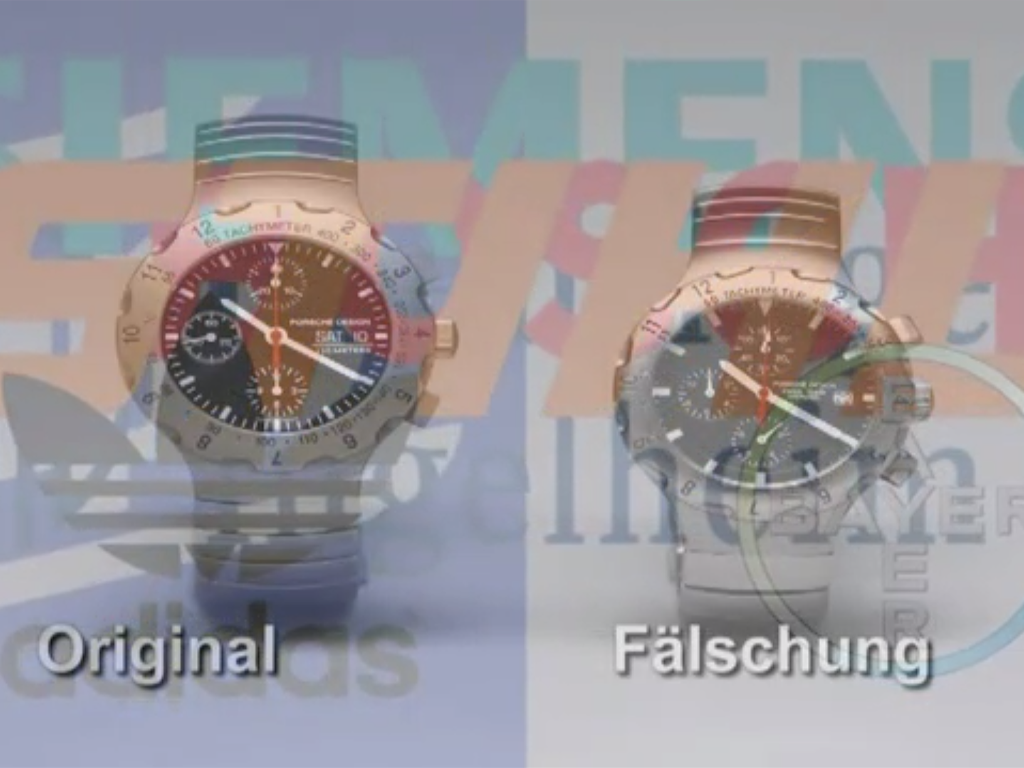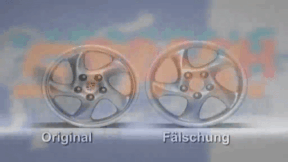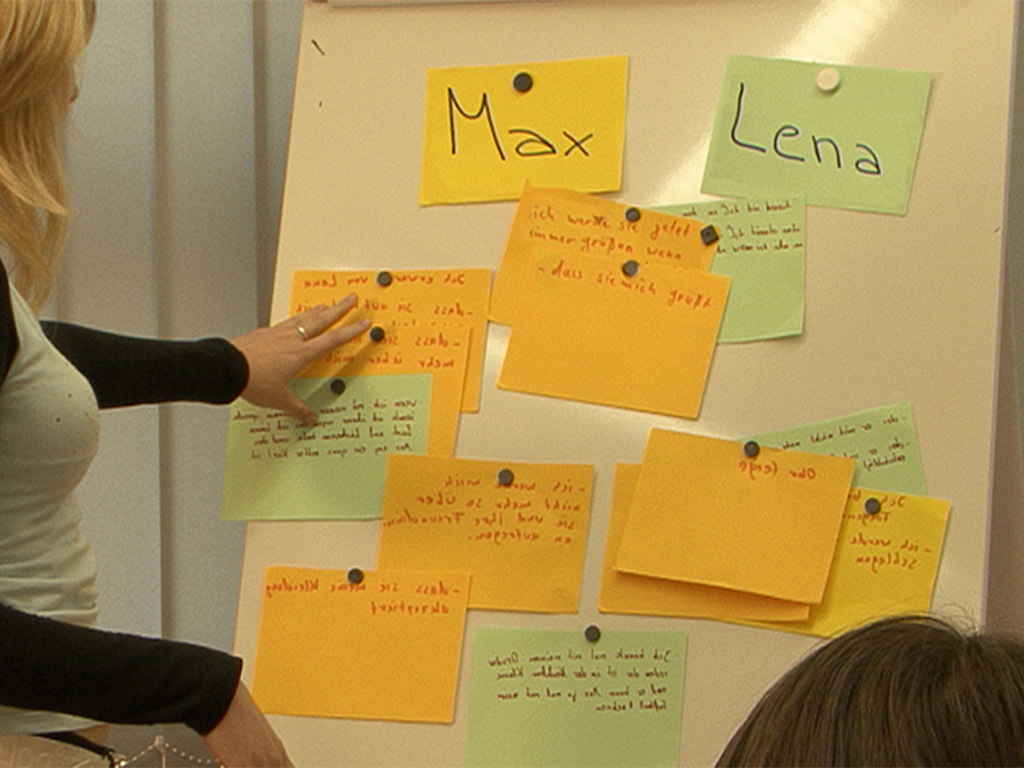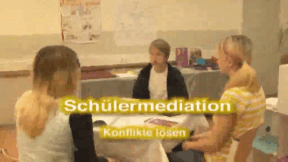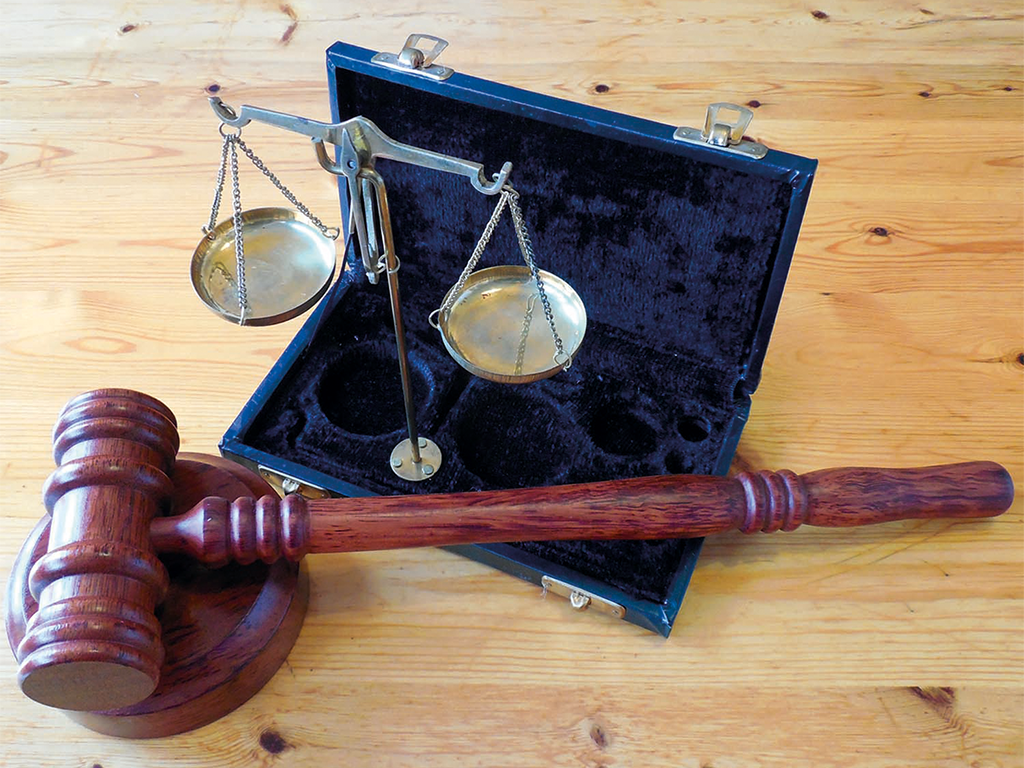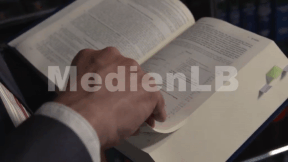 Primary School
Primary School
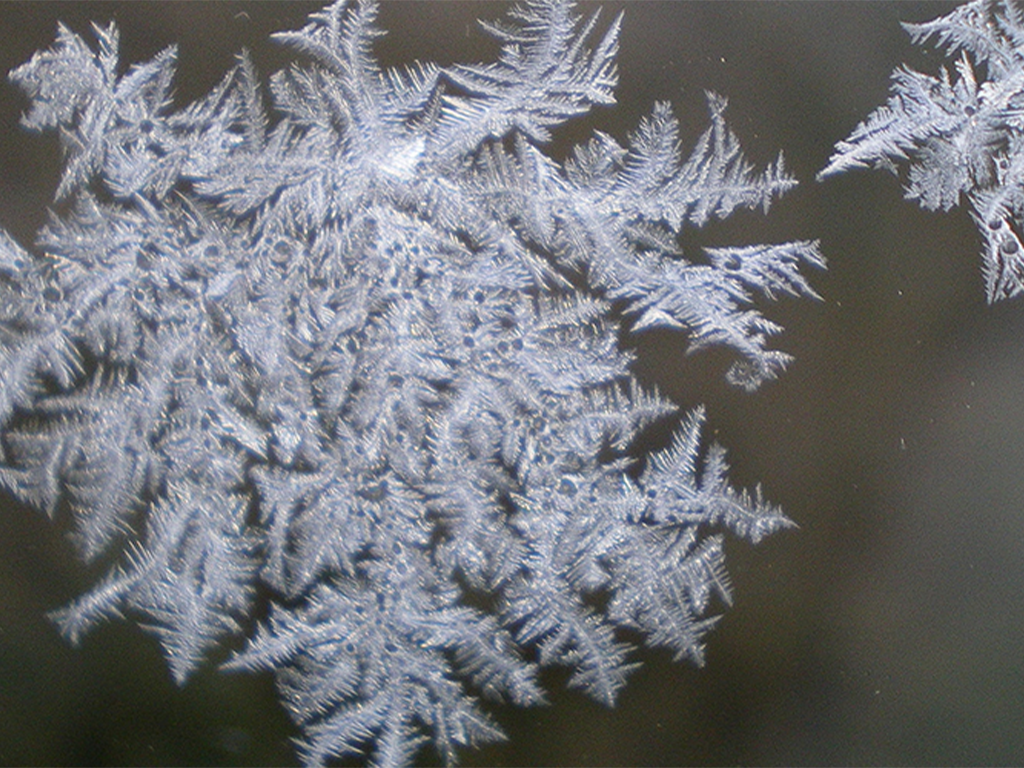

4658331 / 5551751
Magical World of Snow
Fascinating Insights
With descriptive real and trick sequences, the film explains how snow forms and what different kinds of snow crystals there are. We observe a snow researcher at work and watch growing snow crystals under a microscope in spectacular close-ups. The film also answers the questions why snow looks white to us or crunches; it shows sledge dogs in action and explains ingenious survival strategies of animals in winter. Other clips show the joy of some winter sports but also point out their dangers. A tourist guide explains the precautionary measures to avoid a possible risk of avalanches. The topic of snow cannons is also covered in the film – like glaciers, too, or artificial snow in a slightly unusual use. Comprehensive, interdisciplinary accompanying material consolidates and deepens the knowledge of the subject.
Play trailer
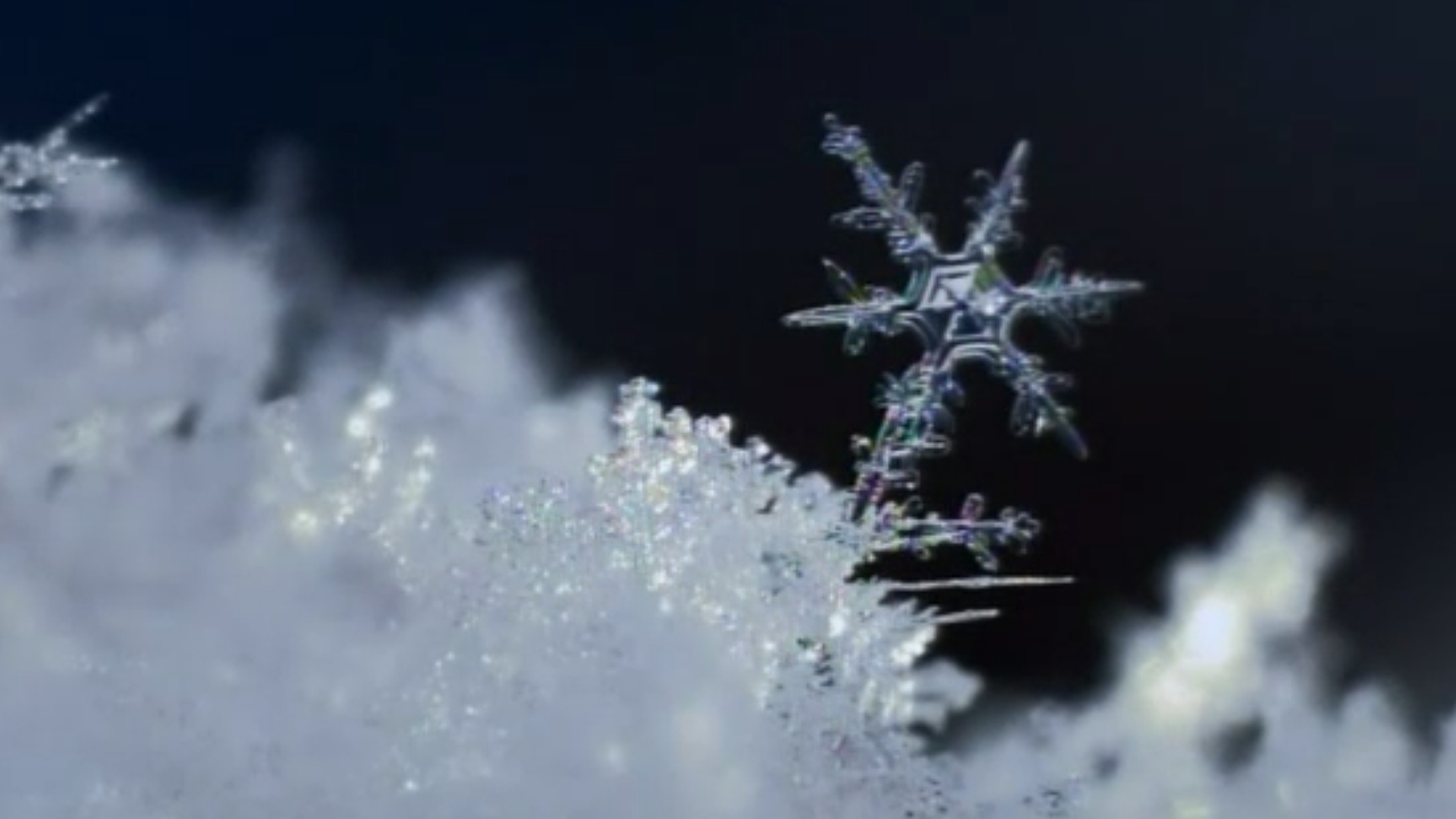
Curriculum-centred and oriented towards educational standards
Matching
Product Piracy
Counterfeiting takes place in almost all economic sectors – textiles, watches, car parts, machine parts, tools, accessories, software and medicines. Some counterfeits are easy to recognise, others are so well-executed that even experts have difficulty distinguishing between original and imitation. This DVD covers the development of a product from idea to manufacture. Once a product has become a trademark, product pirates appear on the scene.
Peer Mediation
Lena and Max attend the 7th form. Max is new in class. During a break, Max notices that Lena and her friend are laughing at him again. Max loses his temper! He slaps Lena in the face. That hurts and Lena runs back into the classroom with a red cheek. The growing conflict between the two has escalated. Just like Lena and Max, every day pupils all over Germany have rows with each other. At the Heinrich Hertz Gymnasium in Thuringia, pupils have been trained as mediators for years. At set hours, they are in a room made available by the school specifically for mediation purposes. The film describes the growing conflict between Max and Lena and shows a mediation using their example. In doing so, the terms “conflict” and “peer mediation” are explained in a non-technical way. The aims of peer mediation and its progress in five steps as well as the mediators’ tasks are illustrated. The art of asking questions and “mirroring”, which the mediators must know, is described and explained. Together with the comprehensive accompanying material, the DVD is a suitable medium to introduce peer mediation at your school, too.




